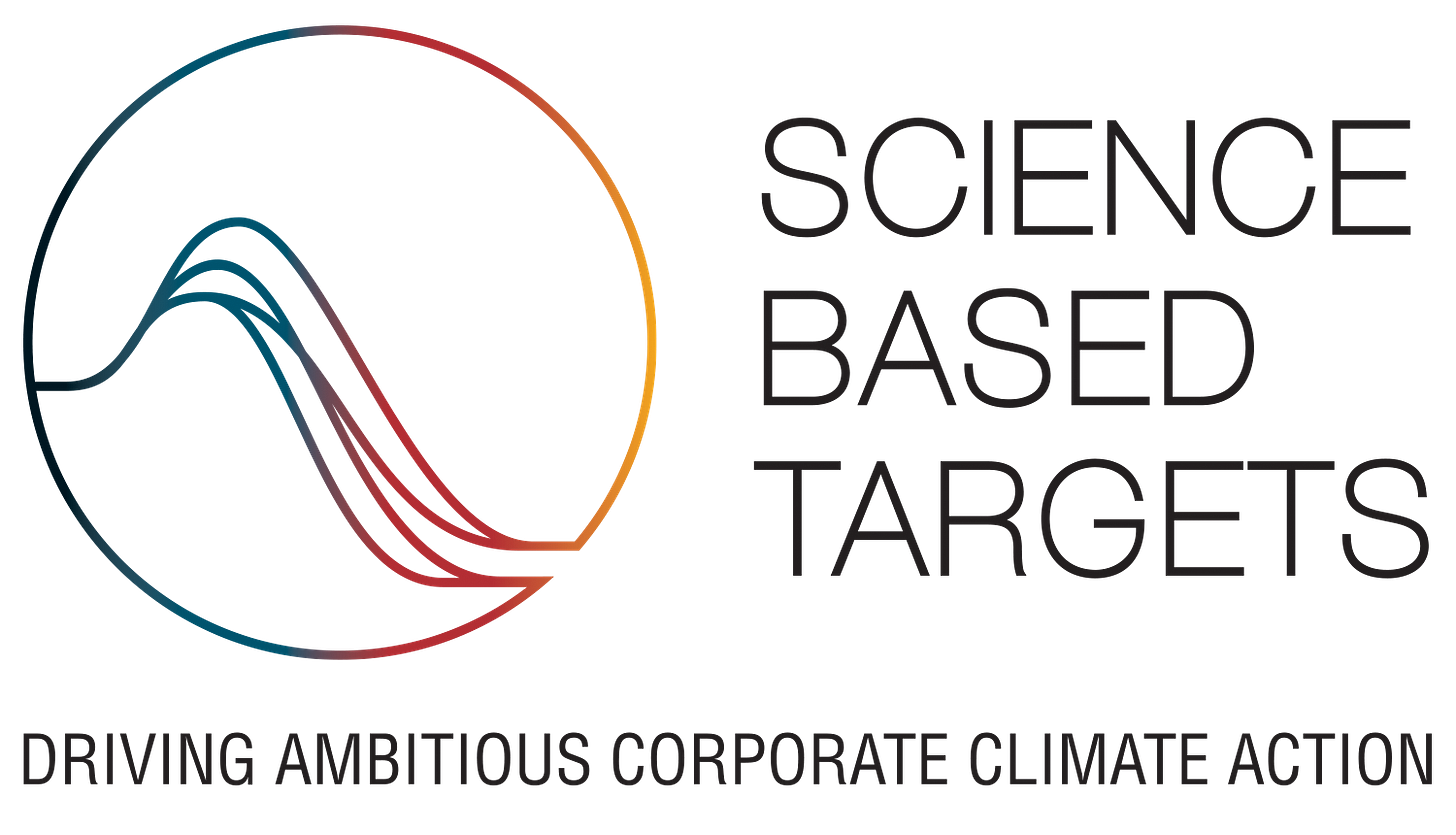Detailed analysis of the new SBTi corporate net-zero standard consultation and its implications
An exclusive look at what the new standard means for target-setters and corporate commitments including a comparison of the old and new standard.
The full post, its analysis, and resources are available exclusively for paid subscribers as a thank you for your support of our newsletter. Free subscribers can get an overview of the changes from the start of the post.
The Science-Based Targets Initiative's Net-Zero Overhaul: What Businesses Need to Know
The Science-Based Targets Initiative (SBTi) has unveiled a significant update to its Corporate Net-Zero Standard (Version 2.0), introducing a broader scope, stricter governance, and new flexibility in setting emissions targets. As businesses worldwide navigate increasing scrutiny on their sustainability commitments, understanding these changes is crucial.
Why the Overhaul?
SBTi's framework has become the gold standard for corporate net-zero strategies, guiding over 3,000 companies in aligning their emissions reduction plans with the 1.5°C global warming threshold. However, challenges around Scope 3 emissions, target validation, and accountability have led to concerns from corporations and stakeholders. The newly proposed Version 2.0 seeks to address these gaps by refining the methodology and strengthening compliance measures.
Key Changes in Version 2.0
1. A More Comprehensive Scope
Previously, the SBTi primarily focused on target-setting. The revised standard now extends to base-year performance assessment, implementation, and tracking progress. This shift means companies will need to not only set ambitious targets but also demonstrate measurable progress over time.
Keep reading with a 7-day free trial
Subscribe to David Carlin's Digest: Your Guide to a Changing World to keep reading this post and get 7 days of free access to the full post archives.


